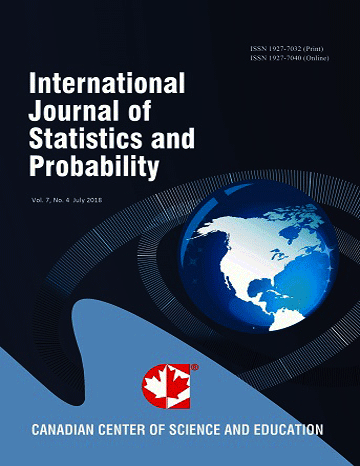Prediction of Delisting Using a Machine Learning Ensemble
- David Neuhausler
- Jungyeon Yoon
- Richard A. Levine
- Juanjuan Fan
Abstract
Despite the significant consequences of delisting, there have been only a few studies of business failure prediction that concentrate on delisting, particularly for the U.S. market. This study aims to predict delisting using quarterly financial ratios of 8,870 companies ever listed in the major U.S. exchanges from 1970 to 2022, along with key economic indices. We construct our data set to build a delisting prediction model that is robust across different company phases and economic conditions. To enhance predictive performance, we build an ensemble model to predict delisting, integrating five widely used machine learning methods : Logistic Regression, Random Forest, Gradient Boosting, Support Vector Machine, and Neural Network. We compare the predictive performance of the five base learners and the ensemble model. The ensemble model achieves an accuracy of 0.836 and MCC of 0.457, demonstrating comparable accuracy and an improved MCC relative to the top-performing base learner, Random Forest. We leverage MCC, a reliable measure for imbalanced response data, to determine a classification threshold and comprehensively evaluate the prediction results. We find that the Price-Earnings ratio, profitability ratios and inflation are among the most informative predictors for forecasting, aligning with prior research.
- Full Text:
 PDF
PDF
- DOI:10.5539/ijsp.v14n3p58
Index
- ACNP
- Aerospace Database
- BASE (Bielefeld Academic Search Engine)
- CNKI Scholar
- DTU Library
- Elektronische Zeitschriftenbibliothek (EZB)
- EuroPub Database
- Excellence in Research for Australia (ERA)
- Google Scholar
- Harvard Library
- Infotrieve
- JournalTOCs
- Mir@bel
- Open policy finder
- ResearchGate
- Technische Informationsbibliothek (TIB)
- UCR Library
- WorldCat
Contact
- Wendy SmithEditorial Assistant
- ijsp@ccsenet.org
